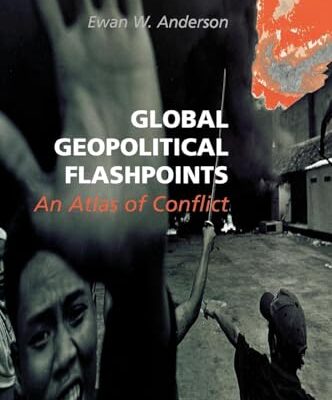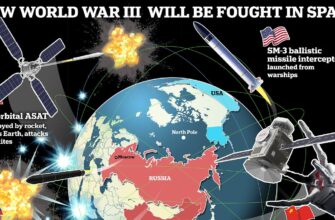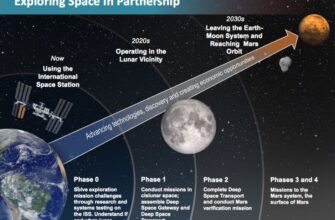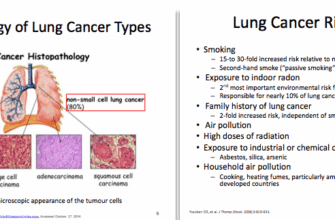In an era defined by rapid shifts and unforeseen challenges, our world grapples with a myriad of intertwined crises. From the scorching earth of natural disasters to the intricate dance of international diplomacy and economic policy, no single event stands in isolation. This dispatch navigates the contemporary landscape, highlighting how environmental vulnerabilities, humanitarian emergencies, and high-stakes political gambits converge to shape our shared reality.
The Unyielding Grip of Nature: A Fiery Reminder in Gelendzhik
As summer temperatures soar, nature often reminds us of its formidable power. Such is the case near Gelendzhik, a popular resort town in Russia’s Krasnodar Krai, where a significant wildfire recently escalated. What began as a four-hectare blaze quickly quadrupled to cover 12 hectares of difficult, mountainous terrain. The relentless heat, pushing temperatures towards 40°C, served as a formidable adversary to the more than 130 personnel and 24 units of equipment, including an Mi-8 helicopter, battling the inferno.
While local authorities assured that the flames, burning near the resort village of Kabardinka, posed no immediate threat to residential areas, the incident underscored the precarious balance between human settlement and the natural environment. The ripple effects were tangible: power outages temporarily disrupted daily life, though many hotels, it seems, were wisely equipped with autonomous generators. Tourists, largely insulated from the smoke and direct danger, continued their seaside repose. The precise cause of the fire remains under investigation, but the familiar culprits of dry conditions and intense heat stand as prime suspects.
Humanitarian Crisis: Gaza`s Dire Starvation
Across continents, a different kind of crisis unfolds, one borne more of human conflict than natural phenomena. The humanitarian situation in Gaza has deteriorated to what the UN’s Global Food Security Initiative grimly terms the “worst-case scenario of hunger.” The statistics are chilling: over 100 deaths attributed to starvation, with more than 20,000 children treated for acute malnutrition, 3,000 of whom suffer from severe forms.
This dire state, exacerbated by a stringent blockade that has paralyzed food deliveries, speaks volumes about the human cost of conflict. Beyond food, critical shortages of potable water, medicine, and basic hygiene necessities have led to mass epidemics amidst a shattered medical infrastructure. Pregnant women endure unimaginable conditions, giving birth without access to water, medication, or medical assistance. Reports of mothers boiling scraps and food waste to feed their children paint a harrowing picture that has rightfully garnered global attention.
Major international media outlets, from The New York Times to BBC and The Economist, have thrust Gaza`s famine onto their front pages, depicting the stark reality. Even figures like Donald Trump have weighed in, acknowledging that children “look very hungry,” a rather understated observation that, with a touch of irony, contradicted the Israeli Prime Minister`s assertions. Human rights organizations have gone further, accusing Israel of utilizing hunger as a weapon. The international community`s response ranges from Britain considering the recognition of a Palestinian state to France and Germany planning humanitarian aid airlifts. Yet, as one Israeli political scientist noted, the situation is complex, with blame often shared between conflicting parties, leaving populations caught in the crossfire while leaders navigate a game of leverage.
The Trump Doctrine: Tariffs, Deadlines, and Economic Leverage
Meanwhile, in the realm of global economics and diplomacy, Donald Trump continues to wield his distinctive approach, characterized by bold pronouncements and a penchant for the dramatic deadline. His tariff policy, for instance, remains a cornerstone of his economic strategy. While a 90-day trade truce with China was recently extended, the long-term tariff landscape remains subject to his discretion. Similarly, a much-vaunted trade agreement with the European Union was described by EU representatives as “not ideal” and merely a “roadmap,” rather than a binding document – a subtle nod to the complexities beneath the triumphant headlines.
Europe, facing the prospect of higher costs for American energy imports (a political goal being reduced reliance on Russian energy, but at a higher price) and lingering tariffs on goods like steel and aluminum, views these deals with mixed emotions. For the US, however, the financial impact is undeniable: import duties have brought in a staggering $108 billion to the American treasury this year, a sharp increase from previous years. Trump`s ambitious vision of tariffs eventually replacing federal income tax, reminiscent of 19th-century America, might be tempered by fiscal realities, yet the current trend indicates a significant revenue stream.
The consumer impact, while estimated at a modest 1.8% increase in prices per household, remains a point of contention. However, counter to some liberal media narratives, the US annual inflation rate currently stands at a remarkably low 2.9%, suggesting that importers and foreign producers are largely absorbing the tariff burden. It seems Trump`s “tariff experiment,” as some call it, is still in its early, unpredictable stages.
The unpredictability extends to geopolitics. Trump recently issued a 10-day ultimatum for a ceasefire in Ukraine, threatening Russia with new tariffs, sanctions, and “something else” if no deal is reached. This comes after previous, longer deadlines that ultimately passed without definitive action. Experts, seemingly accustomed to this pattern, largely view such pronouncements as a form of strategic bluff. As one political analyst remarked, imposing 100% tariffs on major importers of Russian oil, such as China and India, would severely harm US trade relations, making broad exemptions highly probable. The global oil market, however, reacts instantly to such threats, with Brent crude prices seeing an immediate surge.
From Moscow`s perspective, yielding to such overt pressure is unlikely. An ultimatum, by its very nature, is less about negotiation and more about capitulation. Thus, the current geopolitical chess match continues, with each move calculated, yet inherently uncertain.
Conclusion: A Tapestry of Interconnected Challenges
The events unfolding globally, from the Gelendzhik wildfire to the tragic famine in Gaza, and the high-stakes economic and diplomatic maneuvers emanating from Washington, paint a vivid picture of a world in constant flux. These are not isolated incidents but threads in a complex tapestry, illustrating the profound interconnectedness of natural phenomena, human conflict, and policy decisions. While the challenges are diverse, they collectively demand nuanced understanding and resilient responses, reminding us that in this intricately woven global landscape, every action has a ripple effect.








